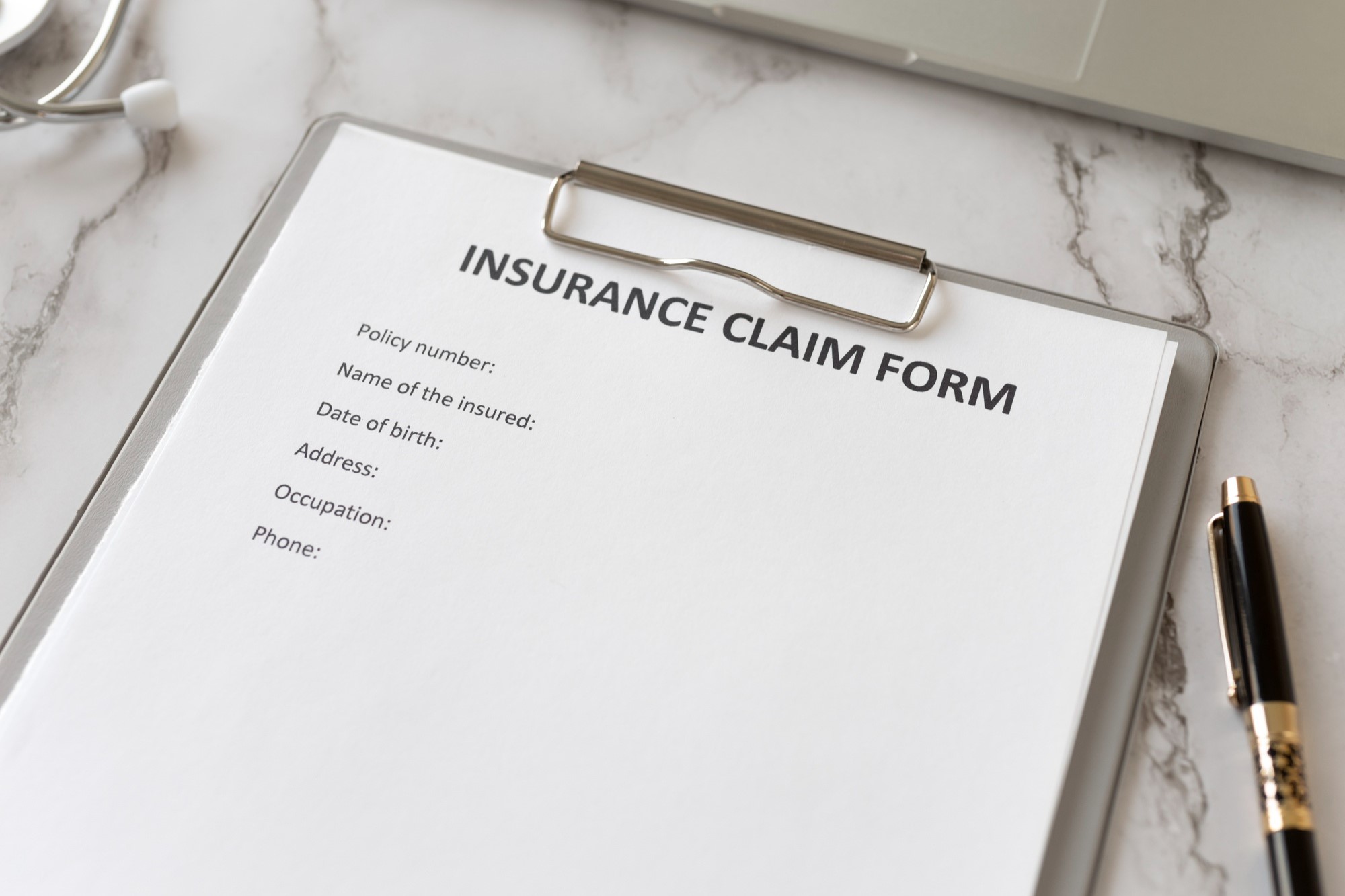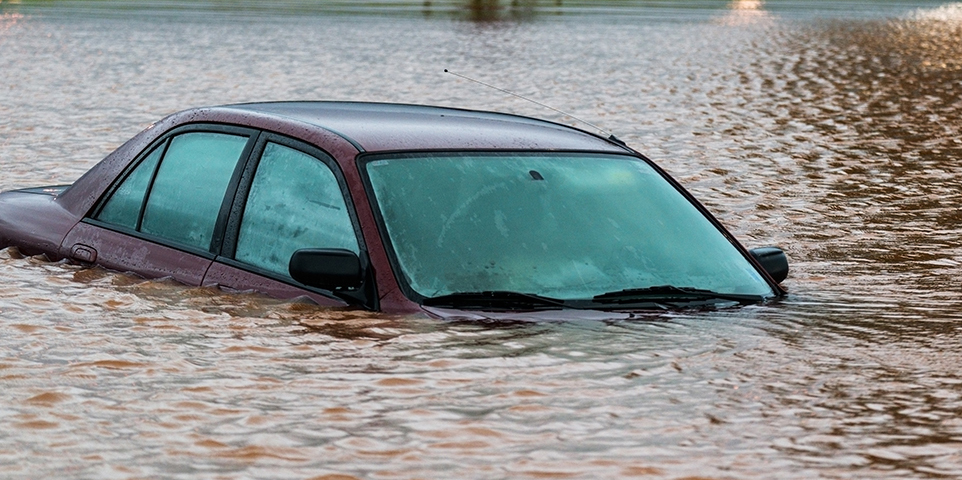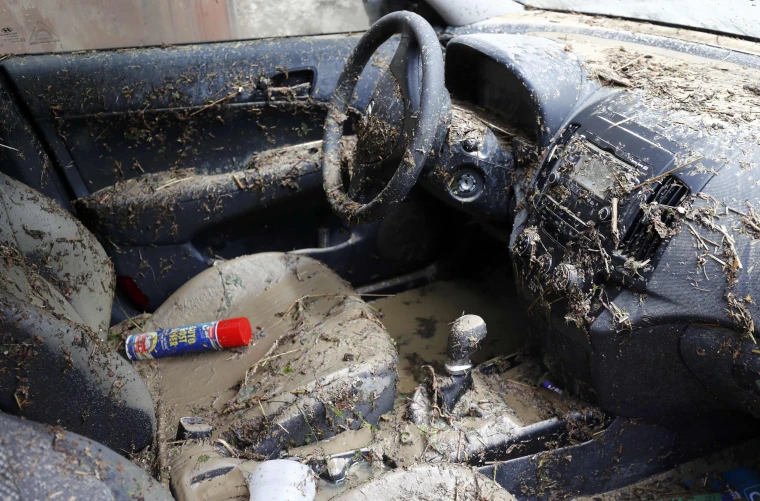Filing an insurance claim for a flood-damaged vehicle can be complex. This guide breaks down the steps involved in documenting losses, submitting claims, and maximizing coverage. By understanding the process and preparing the necessary documentation, vehicle owners can navigate insurance claims more effectively and ensure they receive fair compensation for their losses. Or in other case, they can just use Best Loan App Philippines to be sure they full on money.
Immediate Safety and Initial Assessment
Before assessing any damage, prioritize safety by ensuring the vehicle is not in a dangerous location or situation. If the car is submerged or in an area with ongoing flooding, wait for the water to recede before attempting to access it. Disconnect the battery to prevent electrical hazards, and avoid starting the engine, as this could cause further damage. It’s crucial to prioritize your well-being and follow local authorities’ safety advisories.
Once it is safe to approach the vehicle, conduct a preliminary assessment of the damage. Look for signs of water intrusion, such as waterlines inside the car, wet carpets, or muddy debris. Check for visible damage to the exterior, including dents, scratches, or broken windows. This initial evaluation helps in understanding the extent of the damage and prepares you for the next steps in filing an insurance claim. Remember, a thorough initial assessment can make the documentation process smoother and more accurate.
Contacting Your Insurance Company
As soon as you are aware of the flood damage to your vehicle, it’s crucial to contact your insurance company promptly. This ensures that the claims process begins as soon as possible, potentially expediting repairs and compensation. Here’s what you should do when contacting your insurer:
- Call Your Insurance Provider:
- Dial the customer service or claims number provided in your policy documentation.
- Be prepared to provide your policy number and personal details for verification.
- Report the Incident:
- Describe the circumstances leading to the damage, including the date, time, and extent of the flooding.
- Mention if there are other damages or losses associated with the incident.
- Ask About Coverage and Next Steps:
- Inquire about the specifics of your coverage for flood damage, including deductibles and limits.
- Request a detailed explanation of the claim process, including the necessary documentation and deadlines.
- Document the Conversation:
- Take notes on the information provided by the insurance representative, including any reference or claim numbers.
- Write down the names and contact information of the people you speak with for future reference.
By promptly contacting your insurance company and following these steps, you can ensure a smoother claims process and avoid potential delays in receiving compensation for the flood damage.
Documentation of Damage
Thoroughly documenting the damage to your vehicle is crucial for a successful insurance claim. Start by taking high-quality photographs and videos of the affected areas from multiple angles. Capture the extent of the water damage, such as waterlines, mud, or debris inside the vehicle, and any visible external damage like dents, scratches, or broken windows. Ensure that the images are clear and detailed, as they will serve as key evidence in the claims process.
In addition to visual documentation, create a detailed list of the damages observed. Note any issues with the engine, electrical systems, or interior components that might not be immediately visible. This comprehensive record will help your insurance adjuster understand the full extent of the damage and support your claim for necessary repairs or replacement. Accurate documentation ensures that all damage is accounted for, which can lead to a fair settlement and quicker resolution.
Gathering Essential Documents
Before filing your insurance claim, gather all necessary documents to streamline the process and provide comprehensive proof of ownership and value. Here’s a summary of the essential documents, categorized for clarity:
| Document Type | Examples | Purpose |
| Personal | ID, driver’s license | Verify your identity |
| Vehicle | Registration, title | Prove ownership and registration |
| Financial | Purchase receipts, loan info | Establish vehicle value and financial status |
After organizing the documents into these categories, ensure you have the following:
- Identification and Personal Information:
- A valid photo ID, such as a driver’s license or passport.
- Your insurance policy number and personal contact details.
- Vehicle Documentation:
- The vehicle’s registration and title, proving ownership.
- Any recent maintenance records or receipts for repairs and modifications.
- Proof of Value and Purchase:
- The original purchase receipt or bill of sale, indicating the vehicle’s purchase price.
- Any loan or lease agreements, including the payoff amount if applicable.
- Additional Financial Information:
- Documentation of any aftermarket accessories or upgrades.
- Evidence of any additional coverage or endorsements related to the vehicle.
Having all these documents readily available will not only expedite the claims process but also provide a strong foundation for supporting your claim. Ensure that all paperwork is organized and easily accessible for when you communicate with your insurance company and adjuster.
Submitting the Claim
Once you have gathered all the necessary documentation and assessed the damage, you can proceed with submitting your insurance claim. Follow these steps to ensure that your claim is processed efficiently and accurately:
- Complete the Claim Form:
- Obtain the claim form from your insurance company’s website or request it via phone.
- Fill out the form with accurate and detailed information about the incident, vehicle damage, and personal details.
- Include Supporting Documentation:
- Attach all collected documents, including photos, videos, vehicle registration, title, and any other relevant paperwork.
- Ensure that all documents are legible and organized for easy review by the insurance adjuster.
- Submit the Claim Form:
- Submit the completed claim form and supporting documents through the method specified by your insurer, whether online, by mail, or in person.
- Verify receipt of your submission and obtain a confirmation number or acknowledgment from the insurance company.
- Follow Up:
- Monitor the status of your claim by contacting your insurance company regularly.
- Address any additional requests or requirements from the insurer promptly to avoid delays.
- Keep Records:
- Maintain copies of all submitted documents and correspondence related to your claim.
- Document any communications with the insurance company, including dates, times, and the names of representatives you speak with.
By carefully completing and submitting your claim, you help ensure that the insurance process goes smoothly and that you receive appropriate compensation for the damage to your vehicle.
Working with an Adjuster
Once your claim is submitted, an insurance adjuster will be assigned to assess the damage to your vehicle. It is essential to cooperate fully with the adjuster during their inspection to ensure an accurate evaluation of the damages. Schedule a convenient time for the adjuster to visit and be present during the inspection to provide any necessary explanations or answer questions about the damage and repairs.
During the adjuster’s visit, be thorough in presenting all relevant documentation and details. Discuss any specific concerns or additional damages you have noticed since the initial assessment. The adjuster will evaluate the vehicle, review the provided evidence, and determine the extent of the insurance coverage. Maintaining open communication and being responsive to the adjuster’s inquiries can help expedite the claims process and facilitate a fair settlement.



